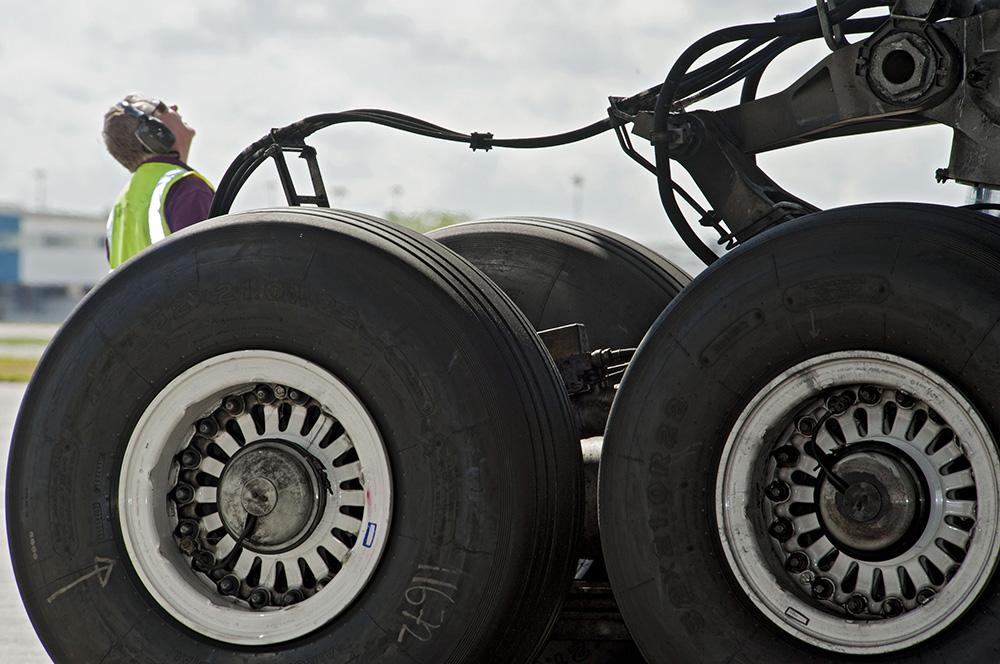
Credit: Boeing
Boeing projects demand for $3.2 trillion in aviation services through 2030, with commercial customers accounting for $1.7 trillion, or 53%, the company’s latest services forecast reveals. The spending will be dominated by MRO needs of both civil and military customers, which will make up 70%, or...
Subscription Required
Boeing Sees Services Recovery By 2025 is published in Aviation Daily, an Aviation Week Intelligence Network (AWIN) Market Briefing and is included with your AWIN membership.
Already a member of AWIN or subscribe to Aviation Daily through your company? Login with your existing email and password
Not a member? Learn how to access the market intelligence and data you need to stay abreast of what's happening in the air transport community.
